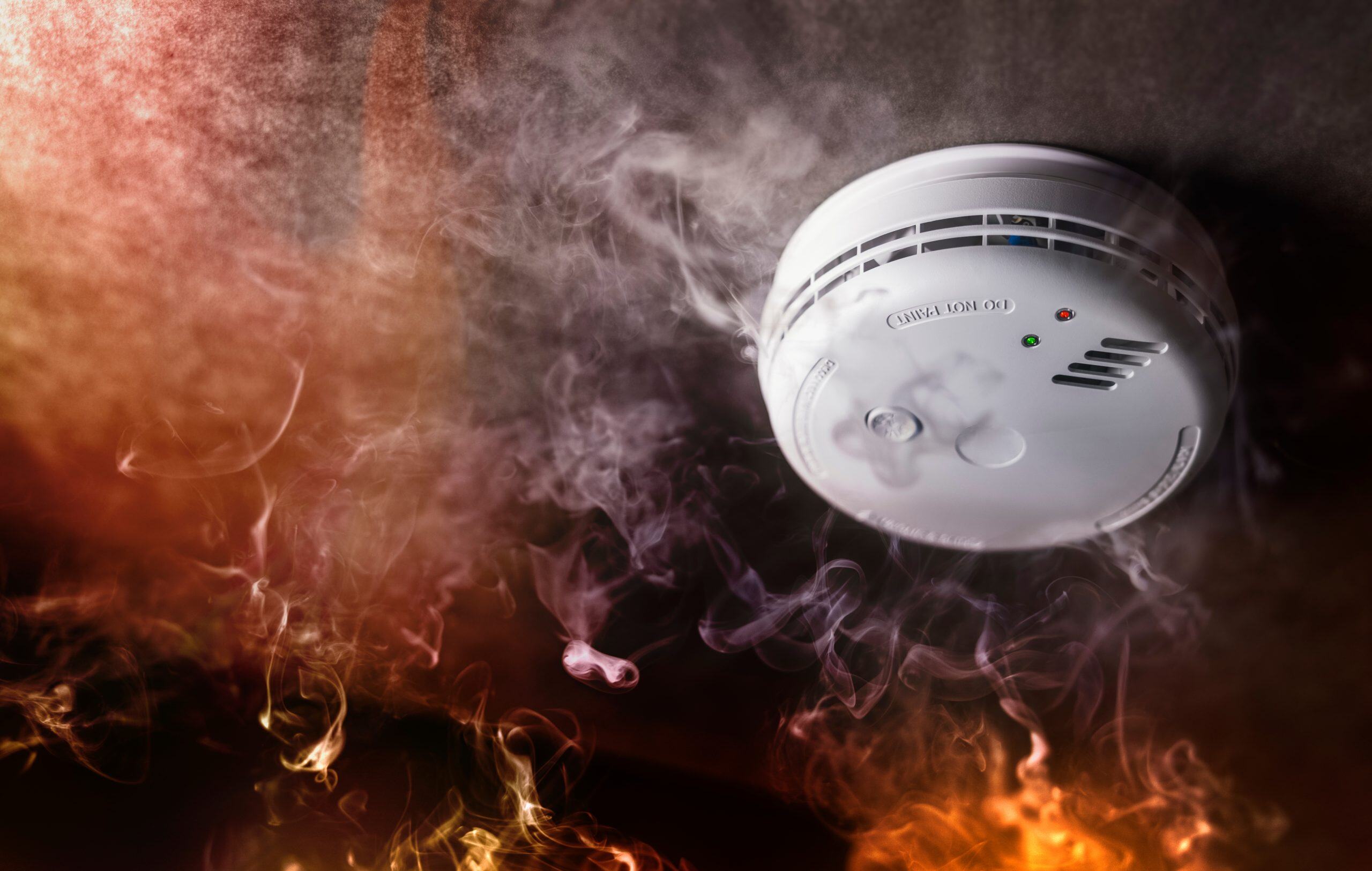

Articles
What Does A Carbon Monoxide Detector Do
Modified: October 20, 2024
Learn what a carbon monoxide detector does and how it protects you from this silent killer. Read our informative articles on the importance of having a detector in your home.
(Many of the links in this article redirect to a specific reviewed product. Your purchase of these products through affiliate links helps to generate commission for Storables.com, at no extra cost. Learn more)
Introduction
Welcome to our comprehensive guide on carbon monoxide detectors. Whether you’re a homeowner, renter, or simply concerned about the dangers of carbon monoxide, this article will provide you with all the information you need to know about these life-saving devices. Carbon monoxide is a silent and odorless gas that poses a serious threat to our health and safety. Understanding what carbon monoxide is, the dangers it presents, and how carbon monoxide detectors work is essential for protecting ourselves and our loved ones.
Carbon monoxide, often abbreviated as CO, is a colorless, tasteless, and odorless gas that is produced by the incomplete combustion of fossil fuels, such as gas, oil, coal, and wood. It is often referred to as the “silent killer” because it is virtually undetectable without the use of specialized equipment like carbon monoxide detectors. When inhaled, carbon monoxide displaces oxygen in the bloodstream, depriving the body of vital oxygen and leading to carbon monoxide poisoning.
The dangers of carbon monoxide are significant and cannot be underestimated. Exposure to high levels of carbon monoxide can result in severe health effects, including headaches, dizziness, nausea, confusion, and even death. It is responsible for thousands of emergency room visits and deaths each year. The risk of carbon monoxide poisoning is heightened during the winter months when the use of heating appliances and fireplaces is more frequent.
Fortunately, carbon monoxide detectors are designed to detect the presence of this toxic gas and alert us to its presence. These devices are relatively small and unobtrusive, but their importance should not be overlooked. By detecting even trace amounts of carbon monoxide in the air, they can provide early warning and potentially save lives.
In the following sections, we will delve into the inner workings of carbon monoxide detectors, their various types, the benefits of having one, and essential information on installation, maintenance, and testing. Understanding the significance and function of carbon monoxide detectors is crucial for keeping ourselves and our loved ones safe. So, let’s dive in and learn more about these life-saving devices.
Key Takeaways:
- Carbon monoxide detectors are crucial for early detection of the silent killer, protecting against illness, property damage, and providing peace of mind. Regular maintenance and testing are essential for their continued effectiveness.
- Understanding the dangers of carbon monoxide and the benefits of having a detector installed is paramount. Proper installation, regular testing, and educating household members are key to creating a safe living environment.
What is Carbon Monoxide?
Carbon monoxide (CO) is a highly dangerous gas that is produced by the incomplete combustion of fuels such as gas, oil, coal, and wood. It is often referred to as the “silent killer” because it is colorless, odorless, and tasteless, making it virtually undetectable without the use of specialized equipment like carbon monoxide detectors.
When these fuels burn incompletely, carbon monoxide is released. This can happen due to faulty or poorly maintained appliances, blocked vents, or using appliances in poorly ventilated areas. It can also occur if a vehicle is left running in an enclosed space such as a garage. Carbon monoxide can quickly build up to dangerous levels, especially in enclosed spaces with poor ventilation.
Once inhaled, carbon monoxide is absorbed into the bloodstream and binds with hemoglobin, the oxygen-carrying component of red blood cells. This prevents oxygen from reaching vital organs and tissues, resulting in carbon monoxide poisoning. The severity of poisoning depends on the concentration of carbon monoxide in the air and the duration of exposure.
Initial symptoms of carbon monoxide poisoning can be similar to flu-like symptoms, including headaches, dizziness, nausea, vomiting, weakness, and confusion. Prolonged exposure or exposure to high levels of carbon monoxide can lead to loss of consciousness, organ failure, and even death.
It is important to note that everyone is at risk of carbon monoxide poisoning. However, infants, the elderly, and individuals with respiratory conditions are particularly vulnerable. That is why having a carbon monoxide detector in your home or workplace is crucial for early detection and safety.
In the next section, we will explore how carbon monoxide detectors work to detect this deadly gas and provide timely warnings to protect you and your loved ones.
The Dangers of Carbon Monoxide
Carbon monoxide (CO) is a silent and deadly gas that poses a significant threat to our health and safety. It is responsible for numerous cases of poisoning and fatalities each year. Understanding the dangers of carbon monoxide is crucial for taking the necessary precautions to protect ourselves and our loved ones.
One of the main dangers of carbon monoxide is its ability to go unnoticed. Since it is odorless, colorless, and tasteless, it is impossible to detect without specialized equipment. This makes it particularly dangerous because it can accumulate in enclosed spaces without anyone being aware of it. The absence of obvious signs and symptoms may lead to delayed recognition of carbon monoxide poisoning, exacerbating the severity of the situation.
Exposure to carbon monoxide can have immediate and long-term health effects. In the short term, low levels of exposure can cause symptoms similar to those of the flu, such as headaches, dizziness, nausea, and fatigue. These symptoms are often overlooked or misattributed to other causes, leading to further exposure and potentially more severe health consequences.
As the concentration of carbon monoxide increases, so does the severity of the symptoms. Moderate to high levels of exposure can lead to confusion, loss of consciousness, and even death. Carbon monoxide poisoning can result in permanent neurological damage and organ failure if not treated promptly and properly.
It is important to note that the symptoms of carbon monoxide poisoning can vary depending on factors such as age, overall health, and the duration and concentration of exposure. Infants, the elderly, and individuals with respiratory conditions or pre-existing health conditions are particularly vulnerable to the effects of carbon monoxide.
Preventing exposure to carbon monoxide is crucial for avoiding these dangers. This involves taking measures such as ensuring proper ventilation, regular maintenance of fuel-burning appliances, and the installation of carbon monoxide detectors.
By having a carbon monoxide detector installed in your home or workplace, you can receive early warnings of potentially dangerous levels of carbon monoxide. This allows you to take immediate action, such as ventilating the area, shutting off appliances, evacuating the premises, and seeking medical assistance if necessary.
Remember, the dangers of carbon monoxide are real and should not be underestimated. Being informed about its risks and taking proactive steps to prevent exposure are essential for protecting yourself and your loved ones.
How Does a Carbon Monoxide Detector Work?
Carbon monoxide detectors are sophisticated electronic devices designed to detect and alert us to the presence of carbon monoxide gas. They work based on various sensing technologies, but the most common type of carbon monoxide detector utilizes electrochemical sensors.
Inside a carbon monoxide detector, there is a chamber containing electrodes, electrolyte, and a sensing electrode coated with a catalyst. When carbon monoxide is present in the air, it enters the chamber through small holes, where a chemical reaction takes place.
During this reaction, carbon monoxide molecules combine with oxygen in the electrolyte to form carbon dioxide (CO2) and release free electrons. These electrons create an electrical current between the sensing electrode and the reference electrode.
The electrochemical sensor continuously measures this current and converts it into an electronic signal. When the carbon monoxide concentration in the air exceeds a certain threshold, the electrical signal triggers the detector’s alarm system, alerting occupants to the presence of carbon monoxide.
Carbon monoxide detectors are designed to be highly sensitive, capable of detecting even low levels of carbon monoxide in the air. They are calibrated to trigger an alarm based on established safety standards, typically measured in parts per million (ppm). Different models may have varying alarm thresholds, so it is essential to refer to the manufacturer’s instructions for specific guidelines.
It is important to note that carbon monoxide detectors do have a lifespan and may require replacement after a certain number of years. The sensors can become less accurate over time, reducing their ability to detect carbon monoxide effectively. Therefore, regular maintenance and periodic replacement as recommended by the manufacturer are essential.
Some carbon monoxide detectors also feature additional features such as digital displays to indicate the current carbon monoxide levels, built-in backup batteries to ensure functionality during power outages, and interconnected capabilities to trigger all detectors in a system if one detects elevated carbon monoxide levels.
Overall, carbon monoxide detectors provide crucial early warning signs of a potentially lethal gas. By promptly detecting carbon monoxide, they give us the opportunity to take immediate action, ensuring the safety and well-being of ourselves and our loved ones.
Types of Carbon Monoxide Detectors
Carbon monoxide detectors come in different types, each utilizing different technologies to detect the presence of this toxic gas. Understanding the various types of carbon monoxide detectors can help you choose the one that best suits your needs and provides optimal protection for your home or workplace.
1. Electrochemical Sensors
Electrochemical sensors are the most common type of carbon monoxide detectors. They utilize a chemical reaction to detect carbon monoxide in the air. As mentioned earlier, these detectors contain electrodes, electrolyte, and a sensing electrode coated with a catalyst. When carbon monoxide enters the chamber, a chemical reaction occurs, resulting in the generation of an electrical current that triggers the alarm system.
Electrochemical sensors offer high accuracy and sensitivity in detecting carbon monoxide, making them reliable for early detection and prevention. They are also less prone to false alarms from other gases or substances, providing peace of mind.
2. Biomimetic Sensors
Biomimetic sensors mimic the way the body’s cells respond to carbon monoxide. They contain a gel-like substance that changes color when exposed to carbon monoxide. The color change triggers an alarm, indicating the presence of carbon monoxide in the air.
Biomimetic sensors are known for their long lifespan and stable performance. However, they may not be as sensitive as electrochemical sensors and can be affected by temperature and humidity variations.
3. Metal Oxide Semiconductor (MOS) Sensors
MOS sensors contain a silica chip that has been coated with a thin film of metal oxide. When carbon monoxide interacts with the metal oxide, the electrical resistance of the chip changes, triggering the alarm. MOS sensors are highly responsive and can detect low levels of carbon monoxide.
However, MOS sensors can be sensitive to other gases and substances, potentially leading to false alarms. They may also require periodic calibration to ensure accurate detection.
4. Photochemical Sensors
Photochemical sensors use light to detect carbon monoxide. When exposed to carbon monoxide, the sensor’s light source reacts with the gas to produce an electrical current, triggering the alarm system. These sensors are highly sensitive and can detect low levels of carbon monoxide.
Photochemical sensors offer consistent performance and are less prone to false alarms. However, they can be affected by temperature and humidity fluctuations, requiring careful consideration of installation locations.
5. Combination Sensors
Some carbon monoxide detectors combine multiple sensor technologies to provide enhanced accuracy and reliability. For example, a detector may utilize both electrochemical and photochemical sensors to detect carbon monoxide from different sources and concentrations.
Combination sensors provide an extra layer of protection and reduce the risk of false alarms. They are often used in commercial and industrial settings where multiple sources of carbon monoxide may be present.
When choosing a carbon monoxide detector, consider factors such as the size of the area to be monitored, the specific requirements of your living or working space, and any specific features that may be important to you, such as digital displays or interconnected capabilities.
Remember, no matter the type of detector you choose, regular testing, maintenance, and adherence to manufacturer guidelines are essential to ensure the continued effectiveness of the device in keeping you and your loved ones safe.
Benefits of Having a Carbon Monoxide Detector
Having a carbon monoxide detector in your home or workplace provides several important benefits. These devices serve as a vital line of defense against the invisible threat of carbon monoxide, ensuring the safety and well-being of yourself, your family, and those around you. Here are some key benefits of having a carbon monoxide detector:
1. Early Detection of Carbon Monoxide
Carbon monoxide detectors are designed to detect even trace amounts of carbon monoxide in the air. By continuously monitoring the environment, they can provide early warning signs of potential danger. This early detection allows you to take swift action and mitigate the risk of carbon monoxide poisoning before it reaches life-threatening levels.
2. Prevents Illness and Health Issues
The primary danger of carbon monoxide is its ability to displace oxygen in the bloodstream, leading to carbon monoxide poisoning. By alerting you to the presence of carbon monoxide, detectors help prevent illness and health issues associated with exposure. Prompt evacuation and medical attention can be sought to treat any symptoms and limit the potential long-term health effects.
Read more: What Is The Best Carbon Monoxide Detector
3. Protects Against Property Damage and Loss
In addition to endangering human life, high levels of carbon monoxide can also be highly flammable. If left undetected, elevated carbon monoxide levels can increase the risk of fire and potentially cause property damage or loss. A carbon monoxide detector ensures that you are aware of any dangerous levels of the gas in your environment, allowing you to address the situation promptly and minimize the risk of fire incidents.
4. Peace of Mind
Having a carbon monoxide detector installed in your home or workplace provides peace of mind. You can rest assured knowing that you have taken proactive measures to protect yourself and those around you from the dangers of carbon monoxide. This peace of mind allows you to live and work in a safer environment without the constant worry of carbon monoxide exposure.
5. Compliance with Safety Regulations
In many jurisdictions, the installation of carbon monoxide detectors is required by law, especially in residential buildings. By having a detector in place, you ensure compliance with safety regulations, avoiding potential legal issues and penalties. It also demonstrates your commitment to safeguarding the well-being of occupants and visitors, making your space a safer place for everyone.
The benefits of having a carbon monoxide detector extend beyond the initial installation. It is essential to regularly test and maintain the detector according to the manufacturer’s instructions to ensure its continued effectiveness. This includes regular battery checks, periodic replacement of batteries, and replacement of the entire unit according to the recommended lifespan.
Ultimately, investing in a carbon monoxide detector is a small price to pay for the immense value it provides in protecting your health, the safety of your loved ones, and your property. Make it a priority to have a reliable carbon monoxide detector installed in your home or workplace to enjoy these benefits and have peace of mind knowing that you are prepared to detect and prevent carbon monoxide poisoning.
Installing a Carbon Monoxide Detector
Proper installation of a carbon monoxide detector is crucial to ensure its effectiveness in detecting and alerting you to the presence of carbon monoxide in your home or workplace. Here are some important steps to follow when installing a carbon monoxide detector:
Read more: Why Does Carbon Monoxide Detector Beeps
1. Choose the Right Location
Select an optimal location for your carbon monoxide detector. It should be placed near sleeping areas, where occupants can hear the alarm during the night when carbon monoxide levels may rise undetected. Consider installing a detector on every level of your home and in each bedroom, especially if you have multiple fuel-burning appliances or a larger living space.
Make sure the detector is positioned at least 15 centimeters (6 inches) below the ceiling or as specified by the manufacturer’s guidelines. Avoid placing the detector near windows or vents, as this can affect its accuracy by allowing drafts or fresh air to dilute carbon monoxide levels.
2. Follow the Manufacturer’s Instructions
Read and follow the specific installation instructions provided by the manufacturer of your carbon monoxide detector. Different models may have specific requirements and recommendations that ensure optimal performance. Pay attention to any height requirements, wall mounting instructions, and restrictions on placement near certain objects or appliances.
3. Use Wall-Mounting Hardware
If your carbon monoxide detector is designed for wall mounting, use the provided hardware to securely attach it to the wall. Use screws or anchors suitable for your wall type, ensuring that the detector is stable and will not be easily dislodged. Test the stability of the detector after installation to ensure it is securely in place.
4. Plug-In or Battery-Operated Detectors
If you have a plug-in or battery-operated carbon monoxide detector, follow the instructions for proper placement and installation. Plug-in detectors should be inserted into a wall outlet, ensuring a snug fit. Battery-operated detectors require the insertion of the appropriate batteries as specified by the manufacturer.
Read more: How Does Carbon Monoxide Detector Work
5. Interconnected Detectors
If you have multiple carbon monoxide detectors or a combination of carbon monoxide and smoke detectors, consider interconnecting them. Interconnection allows all detectors within the system to trigger an alarm when any one of them detects elevated carbon monoxide levels. This provides enhanced safety and ensures that the alarm is heard throughout the premises.
6. Test the Detector
After installation, test the functionality of your carbon monoxide detector regularly. Follow the manufacturer’s instructions for conducting a test, which typically involves pressing a test button or activating a test mode. Ensure that the alarm sounds loud and clear, indicating that the detector is functioning properly.
Remember to check the batteries regularly and replace them as needed. Most detectors have a low-battery indicator that will alert you when it’s time to replace them. Make a habit of testing your detector once a month to ensure it is in proper working order.
By following these installation guidelines and regularly testing your carbon monoxide detector, you can rest assured knowing that you have taken the necessary steps to protect yourself and your loved ones from the dangers of carbon monoxide.
Maintenance and Testing of Carbon Monoxide Detectors
Maintaining and testing your carbon monoxide detectors is essential to ensure their continued effectiveness in detecting and alerting you to the presence of carbon monoxide gas. Regular maintenance and testing help to ensure the proper functioning of your detectors and provide peace of mind. Here are some important tips to follow:
1. Read the Manufacturer’s Instructions
Start by thoroughly reading and understanding the manufacturer’s instructions that come with your carbon monoxide detectors. Different models may have specific maintenance requirements, so it’s important to familiarize yourself with the guidelines provided by the manufacturer.
2. Test Monthly
Test your carbon monoxide detectors at least once a month to ensure they are in proper working order. Locate the test button on the device and press it. The alarm should sound loudly to indicate that the detector is functioning correctly. If the alarm does not sound or is weak, replace the batteries and retest. Replace the detector entirely if it still doesn’t function properly.
3. Change Batteries Regularly
Most carbon monoxide detectors use batteries as a backup power source. Change the batteries according to the manufacturer’s recommendation or at least once a year. Some detectors have a low-battery indicator that will emit a warning beep to let you know when the batteries need to be replaced. Always use fresh, high-quality batteries for optimal performance.
4. Keep Detectors Clean
Regularly clean your carbon monoxide detectors to ensure accurate readings and proper functionality. Use a soft, dry cloth to wipe away any dust or debris that may accumulate on the surface of the device. Avoid using any cleaning agents or liquids, as they may damage the sensors or interfere with the detector’s operation.
5. Avoid Obstructions
Ensure that your carbon monoxide detectors are not obstructed by any objects, such as curtains, furniture, or decorations. Obstructions can prevent proper airflow and may interfere with the detector’s ability to accurately detect carbon monoxide. Keep the area around the detector clear to maintain unrestricted air circulation.
6. Regularly Inspect and Replace Detectors
Inspect your carbon monoxide detectors regularly for any signs of damage or wear. Check for cracks in the casing, loose connections, or other visible defects. If you notice any issues, replace the detector immediately, as a malfunctioning detector may fail to detect carbon monoxide or provide false readings.
7. Follow Recommended Replacement Schedule
Carbon monoxide detectors have a limited lifespan, typically ranging from 5 to 10 years depending on the model. Refer to the manufacturer’s instructions to determine the recommended replacement schedule for your specific detector. Even if the detector appears to be functioning correctly, it may still lose its sensitivity over time, making it less effective in detecting low levels of carbon monoxide.
8. Educate Household Members
Ensure that everyone in your household or workplace is familiar with the purpose and operation of the carbon monoxide detectors. Teach them how to recognize the alarm sound and understand the importance of responding immediately if the alarm is triggered. Conduct regular safety drills to practice evacuation procedures in the event of a carbon monoxide emergency.
By following these maintenance and testing practices, you can ensure that your carbon monoxide detectors are ready to respond when needed and provide the necessary protection against carbon monoxide poisoning. Remember, the safety of yourself, your family, and your loved ones is paramount, and regular maintenance is a small price to pay for peace of mind.
Conclusion
In conclusion, carbon monoxide detectors are essential devices that play a crucial role in protecting us from the hazards of carbon monoxide gas. Carbon monoxide is a silent and deadly gas that can go undetected without the use of specialized equipment. Understanding the importance of carbon monoxide detectors and how they work is paramount for safeguarding ourselves, our loved ones, and our properties.
We have explored the various aspects of carbon monoxide detectors in this comprehensive guide. From understanding what carbon monoxide is and the dangers it poses, to learning about the different types of detectors and their installation, maintenance, and testing, we have covered it all.
Having a carbon monoxide detector provides numerous benefits. It offers early detection of carbon monoxide, preventing illness, and protecting against property damage and loss. Carbon monoxide detectors also provide peace of mind, ensuring compliance with safety regulations and giving us the confidence that we have taken proactive measures to keep our spaces safe.
We cannot stress enough the importance of proper installation, regular maintenance, and testing of carbon monoxide detectors. By following manufacturer instructions, choosing suitable locations, testing monthly, changing batteries, keeping detectors clean, avoiding obstructions, inspecting and replacing as needed, and educating household members, we can ensure the continued effectiveness of these life-saving devices.
Ultimately, investing in a carbon monoxide detector is an investment in the safety and well-being of ourselves and our loved ones. By being proactive and taking the necessary precautions, we can create a secure environment free from the risks of carbon monoxide poisoning.
Remember, carbon monoxide is a serious threat, but with the proper knowledge and the right tools, we can mitigate the risks. Install carbon monoxide detectors, maintain and test them regularly, and spread awareness about the importance of these devices. Together, we can protect ourselves and others from the dangers of carbon monoxide and ensure a safe and healthy living environment for all.
Frequently Asked Questions about What Does A Carbon Monoxide Detector Do
Was this page helpful?
At Storables.com, we guarantee accurate and reliable information. Our content, validated by Expert Board Contributors, is crafted following stringent Editorial Policies. We're committed to providing you with well-researched, expert-backed insights for all your informational needs.
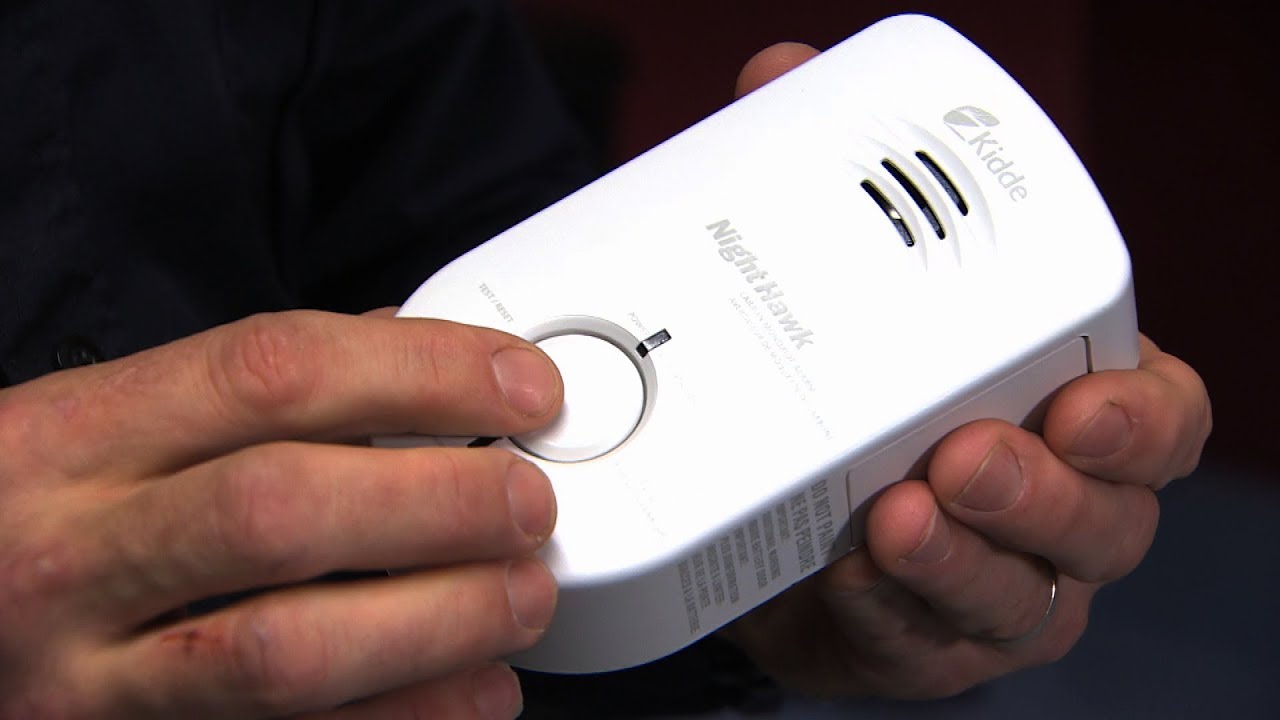
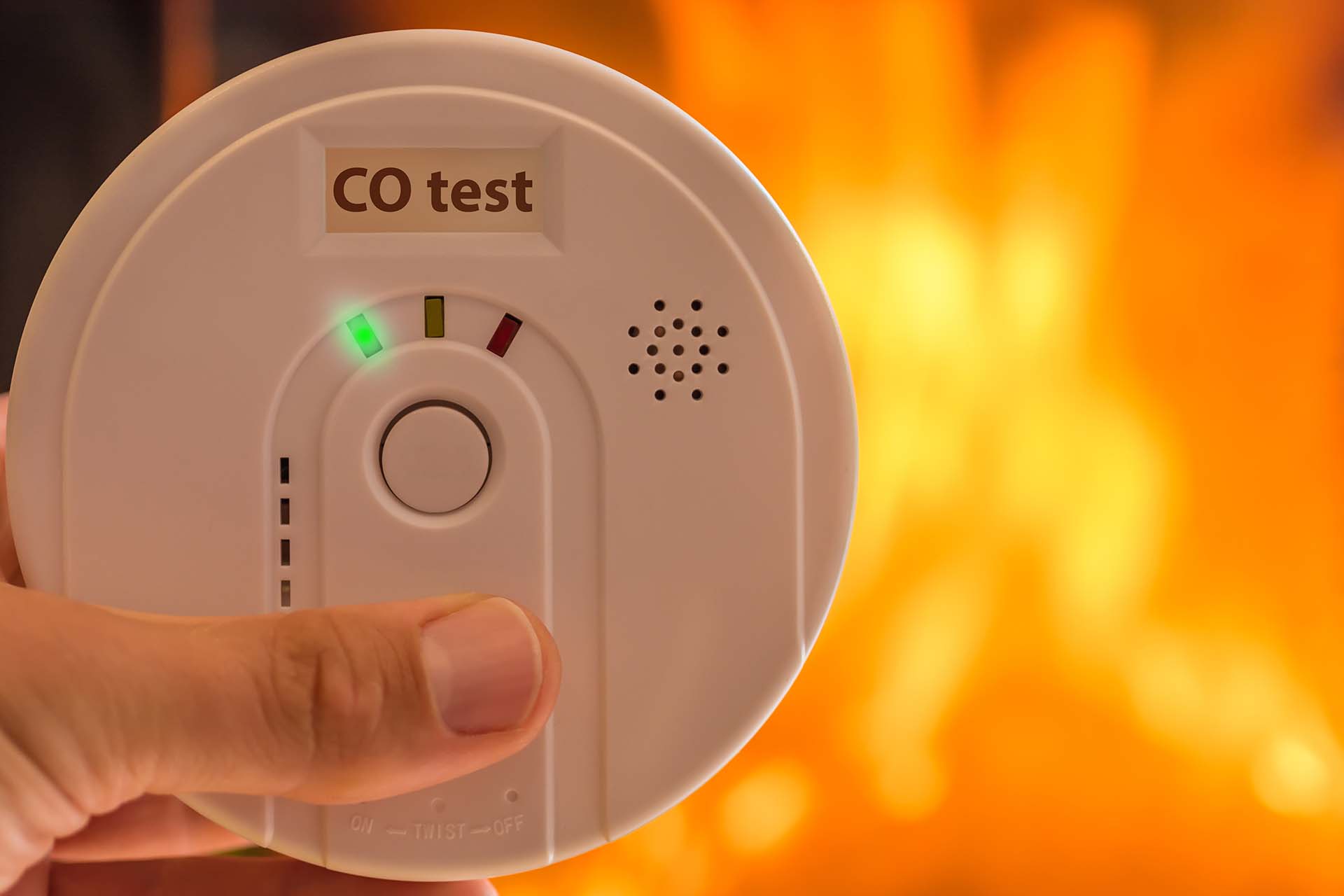
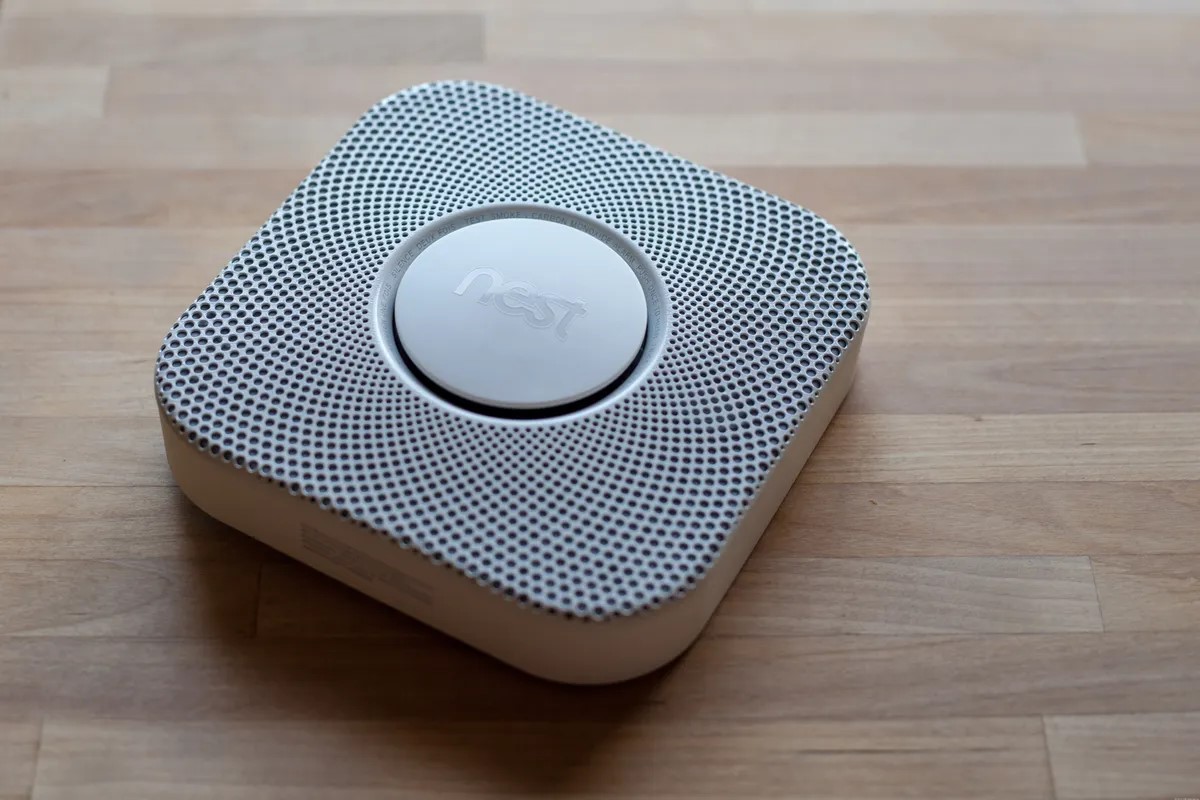
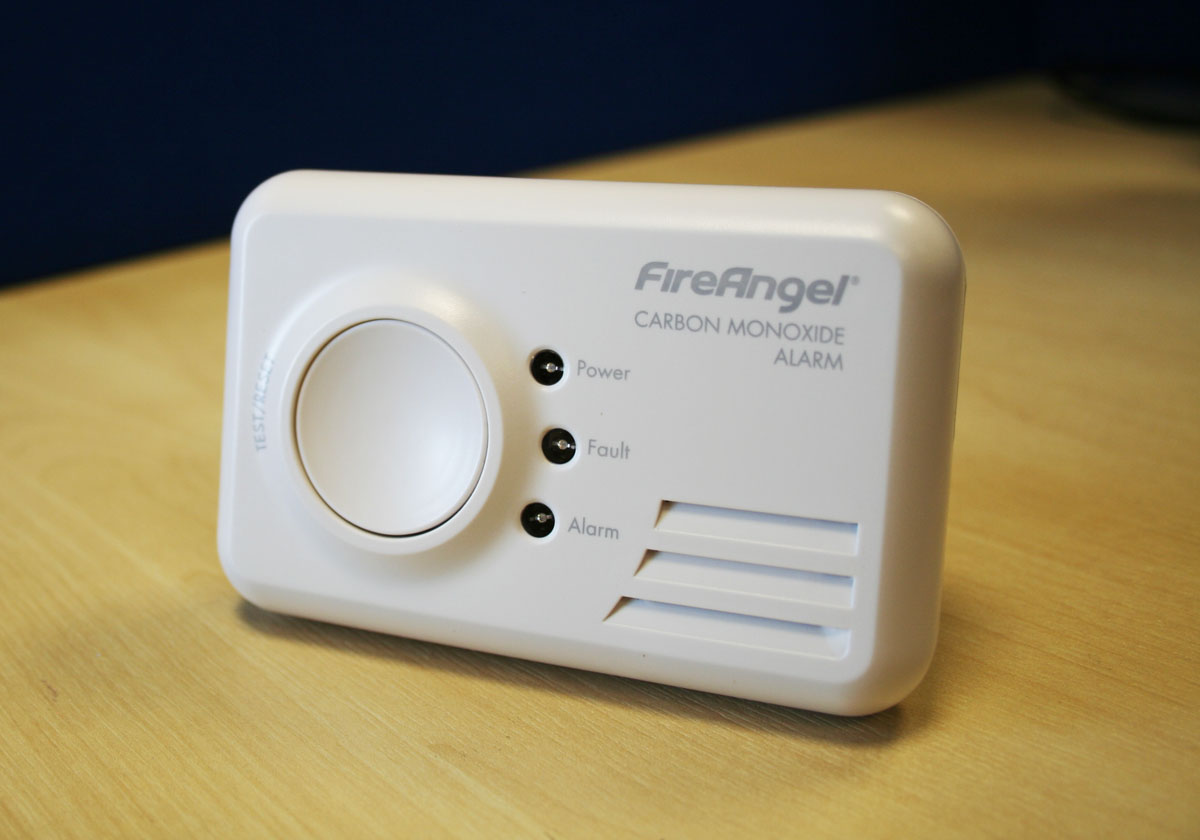
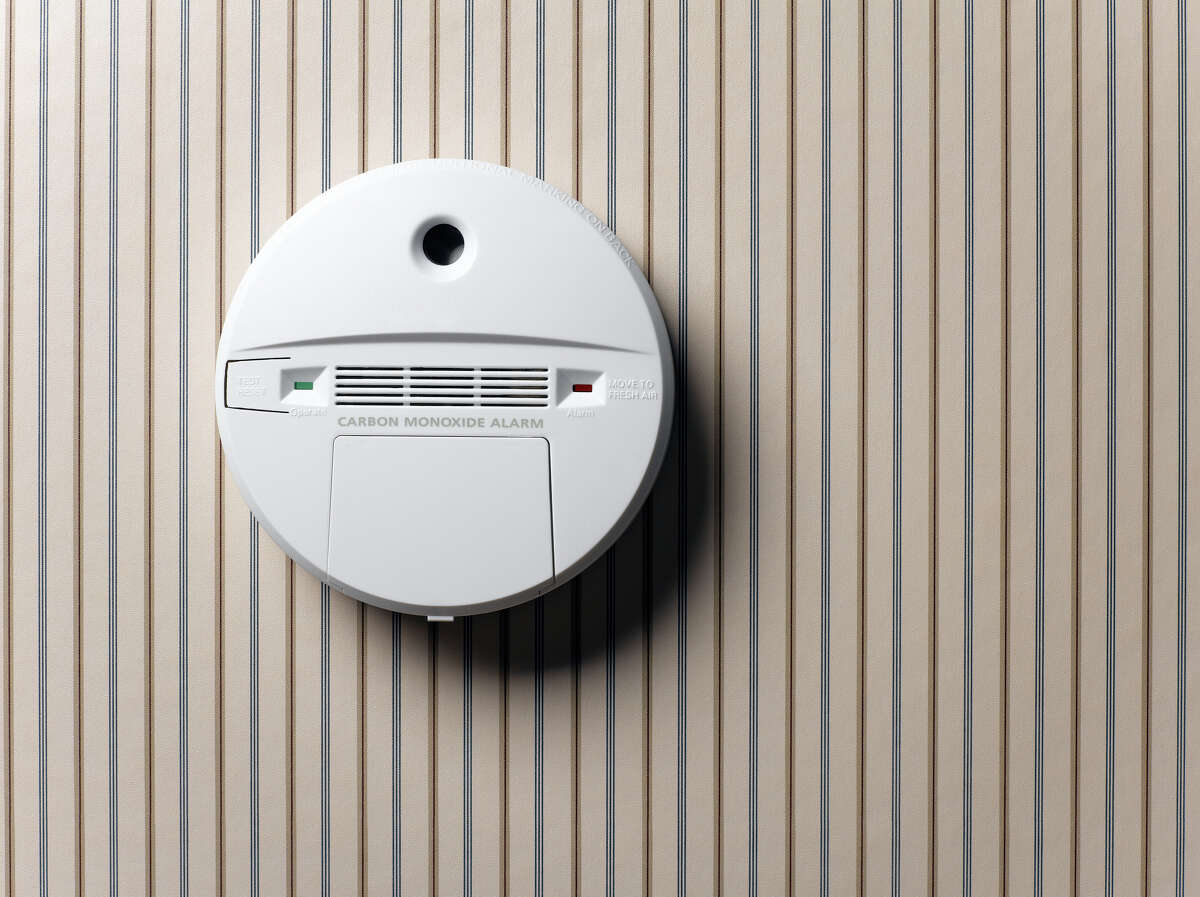

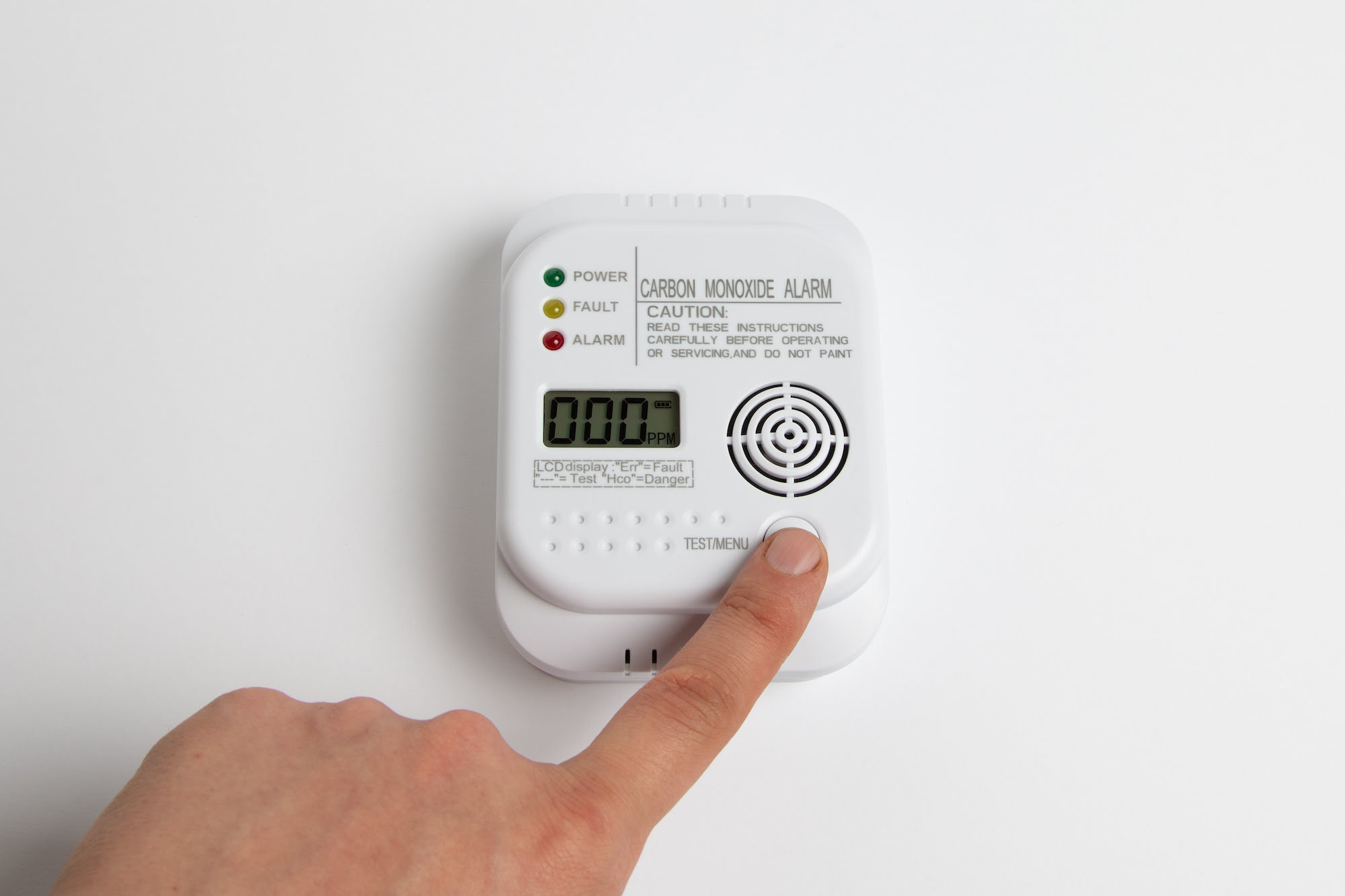
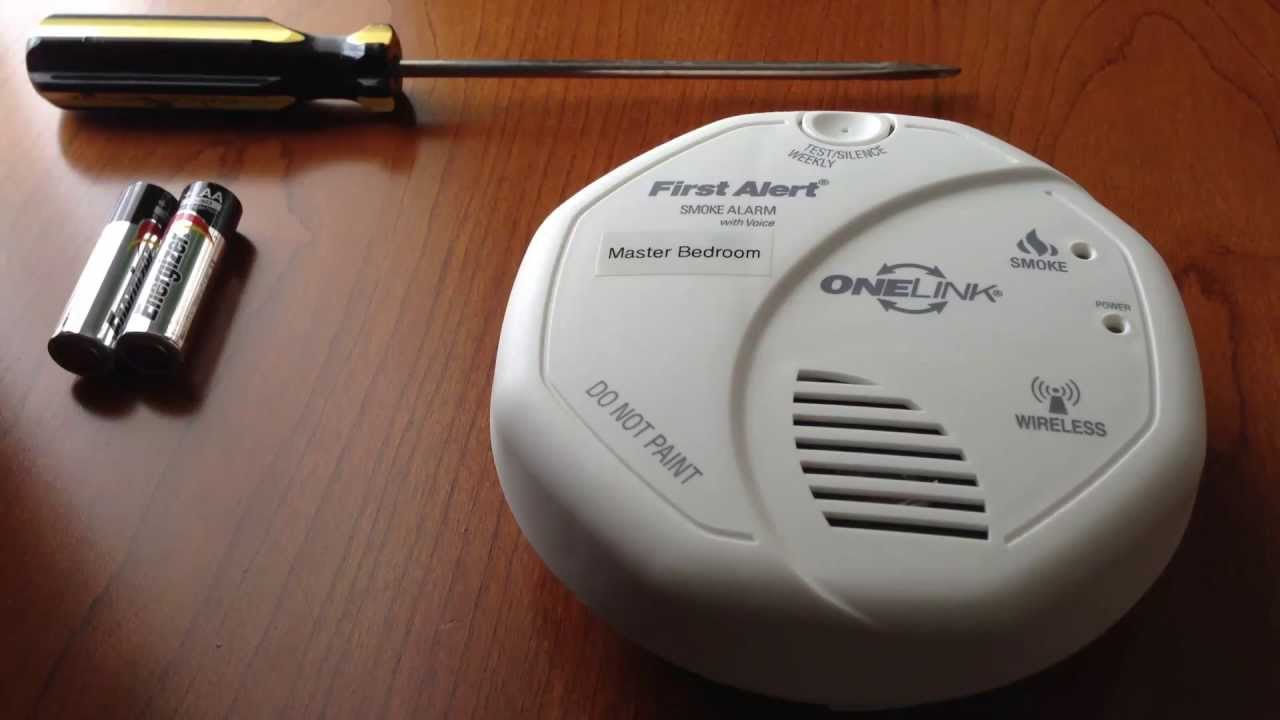

0 thoughts on “What Does A Carbon Monoxide Detector Do”